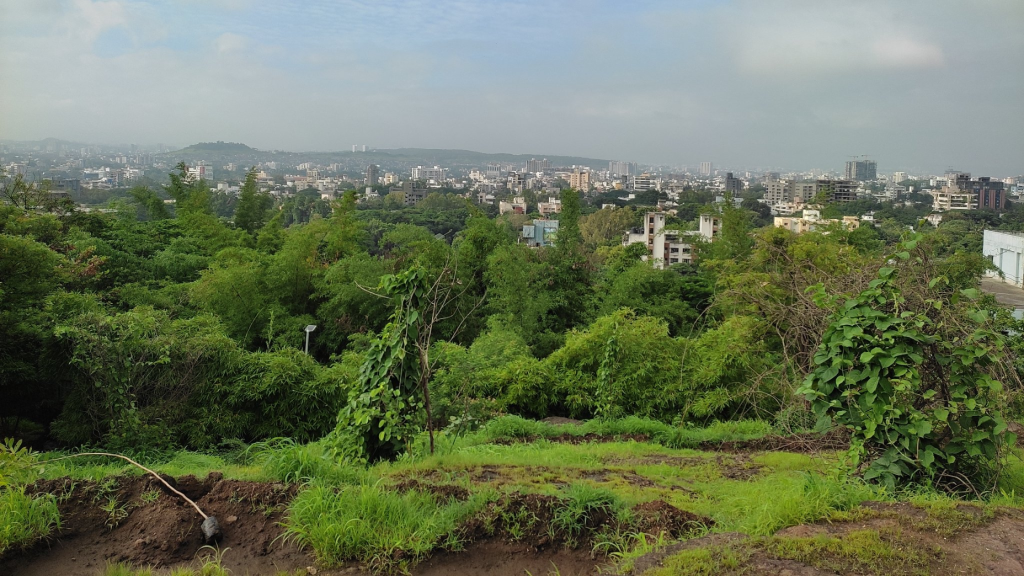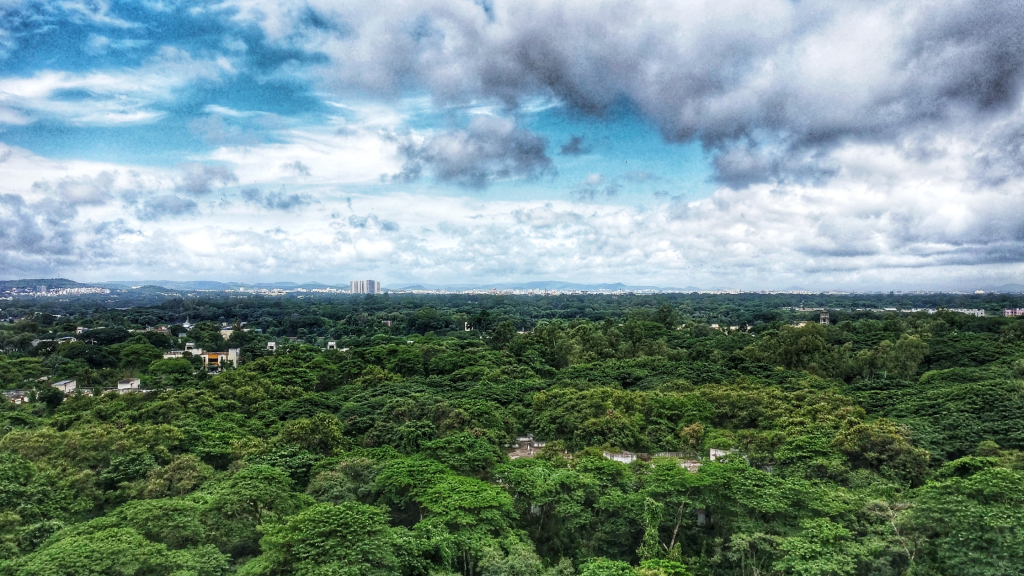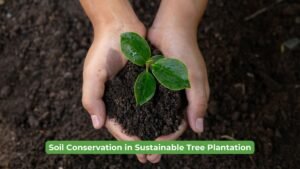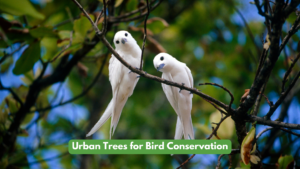When we compare urban areas with rural areas, one thing that gets highlighted: is the number of trees and shrubs in both localities. However, deforestation occurs more in urban areas than rural areas due to infrastructure development and other reasons. Therefore, this article will teach about urban tree-planting programs and their benefits.
Urban Tree Planting Programs
Most of the world’s population lives in urban areas in this era, influenced by humans. The United Nations General Assembly has created the United Nations Sustainable Development Goals to meet the population’s needs in a changing world and improve their quality of life. Although these goals are challenging, planting and protecting more trees in urban areas is an effective strategy to meet these goals.
Most countries are implementing and monitoring urban tree-planting programs to tackle climate change and its consequences. Urban tree planting programs are planned groups of activities targeted to prevent emissions of CO2 to the atmosphere through promoting and conserving urban forests and trees. In addition, these programs help manage environmental balance and provide other social and ecological benefits.
Planting urban trees under these programs benefit the people and planet; however, their potential to mitigate greenhouse gas emissions and air pollution is limited. Nevertheless, these trees appear to be more effective in reducing pollution and making climate adaptation strategies more efficient. Urban tree planting programs deliver several benefits to society and nature. Let’s understand these benefits one by one in detail.
Urban Tree Benefits
Urban trees in parks, yards, and streets have contributed to urban design and landscape architecture for centuries. Even today, these trees are integral components of civic spaces being well-recognized for their public value.
Urban trees are claimed to have several environmental benefits, including stormwater mitigation, pollution absorption, reduced energy use, atmospheric cooling, and habitat provision. Further, studies have highlighted that proximity to urban vegetation can reduce mental fatigue, facilitate recovery after illness and stress, and may increase property values. Substantial literature is available indicating that trees deliver benefits to municipalities and their residents. This perception has partially encouraged local, regional, and global initiatives that target planting urban trees.
1. City Greening
In simple words, city greening refers to making urban spaces green. Installing landscaped green areas, trees, and parks in newly built urban projects, are the most common form of city greening. City greening helps fight air and noise pollution and provides a habitat for local wildlife. In addition, it soaks up excess rainwater that can otherwise cause flooding and offsets carbon emissions in that urban area.
Since climate change has become an important issue, city planners and architects are exploring ways to create sustainable urban living. By employing urban greening, these newly built projects contribute more to the people using them and their surrounding environment. In addition, these installations absorb vast amounts of CO2 while boosting oxygen levels in the air around them.
2. Community Sustainability
People across the globe want the same things – a safe and healthy space to raise their future generations, access to clean water and air, economic opportunities, and a sense of community. When we talk about a sustainable society, it involves leadership, civic engagement, and responsibility. Everyone needs an equal chance in decision-making that affects their lives. Ecological integrity is equally crucial since it satisfies basic human needs such as clean water, air, and nutritious, uncontaminated food. Minimizing pollution and conservation of available resources is the primary aim of sustainability. Economic security and social well-being are other important aspects of community sustainability.

3. Environmental Protection
One of the key benefits of urban tree planting is environmental protection. Instead, environmental protection is the primary aim of urban tree-planting programs. In any case, these programs contribute to the safety of the environment.
It is a practice in which individuals, organizations, and governments protect the natural environment. Environmental protection’s objectives include conserving natural resources, repairing damage, and reversing trends. However, overconsumption, population growth, and technology are causing the degradation of the biophysical environment. Recognizing this, governments are imposing restrictions on activities causing environmental degradation.
In addition, programs such as tree planting are implemented in several countries on a large scale to protect nature. Planting more trees can help reduce the degradation of the environment and maintain ecological balance.
4. Air Quality Improvement
The ever-increasing pollution in urban areas has resulted in the degradation of air quality. In addition, greenhouse gas emissions are rapidly damaging the air quality. Planting more trees can help neutralize their effects.
Trees provide fresh air that contains maximum oxygen by reducing the CO2 from the atmosphere. In the current scenario, trees have become critically important in urban settings where the air quality is degrading daily. Trees also contribute to better air quality by reducing outdoor temperatures. As the earth’s natural purification system, trees play a significant role in cleaning the air we breathe.
Thus, we must reduce deforestation and maximize reforestation efforts to enjoy better air quality.

5. Climate Change Mitigation
Among the several benefits of urban tree planting, climate change mitigation is crucial in present conditions. The world is suffering from climate change, and human activities are more inclined toward boosting it rather than minimizing it. In such a situation, trees are the only helping hands for humans to tackle the issue of climate change.
Climate change mitigation refers to the actions that limit climate change by removing greenhouse gases from the atmosphere or controlling their emissions. For example, urban tree planting programs help mitigate climate change by removing CO2 from the atmosphere through carbon sequestration. Climate change mitigation can also be achieved by switching to sustainable energy resources.
6. Stormwater Management
Another important benefit of the urban tree planting program is that it contributes to stormwater management. Stormwater originates from precipitation, including rain and meltwater from snow. When not soaked into the soil, stormwater contributes to surface runoff.
In nature, trees play a crucial role in controlling stormwater runoff and preventing sediment and nutrient loading in surface waters. Trees can play a vital role in stormwater management in urban settings by reducing the amount of runoff entering into stormwater and combined sewer systems. Trees act as mini-reservoirs and control stormwater at the source. A healthy urban forest reduces runoff in the following ways – transpiration, interception, reduced throughfall, increased infiltration, and phytoremediation.
Thus urban tree planting programs facilitate stormwater management and maintain ecological balance.
7. Energy Savings
The numerous benefits of urban tree planting include energy savings. In addition, trees provide health and environmental benefits and conserve energy to deliver economic benefits. Therefore, trees must be planted in all parts of urban landscapes, parks, yards, green spaces, and streets to achieve the most incredible energy conservation benefits.
When placed correctly in urban settings, trees create shade to reduce energy use in residential, commercial, and other buildings. When trees are distributed across the entire built environment, they can deliver a cooling effect for larger areas. By intercepting solar radiation, trees conserve energy and reduce heat gain by buildings. In addition, trees slow winter winds and block them from drawing heat away from buildings.
8. Aesthetic Enhancement
Many people look for aesthetic enhancement as the primary benefit while planting trees. In urban settings, aesthetic enhancement is important for adding value to your property. Depending on species and location, urban trees boost property values by 5 to 15%. Having an aesthetic value, trees add beauty to your property and deliver looks.
Trees enhance your surroundings by contributing eye-catching colors. They distract your eyes and soften the background when you plant them around the building. Choosing the right location is crucial when considering aesthetics. In addition, you can opt for flowering plants and shrubs to beautify the surrounding area with natural colors.

Urban Tree Planting Programs for the Society
Trees undoubtedly benefit their surroundings, including nature and living beings. They balance the environment and support various other living species throughout their life. Urban areas crucially need more plantations to sustain the current environmental degradation. Trees contribute to people’s health and social well-being. They support cognitive development and education. They also contribute to the urban economy and resources. Through climate change mitigation, they protect the habitats of living beings. This decentralized green infrastructure is important for managing water in an urban ecosystem.
We at Nelda Foundation take the mission of a greener earth and a safer environment very seriously. Therefore, you, too, can join us in this noble cause!




